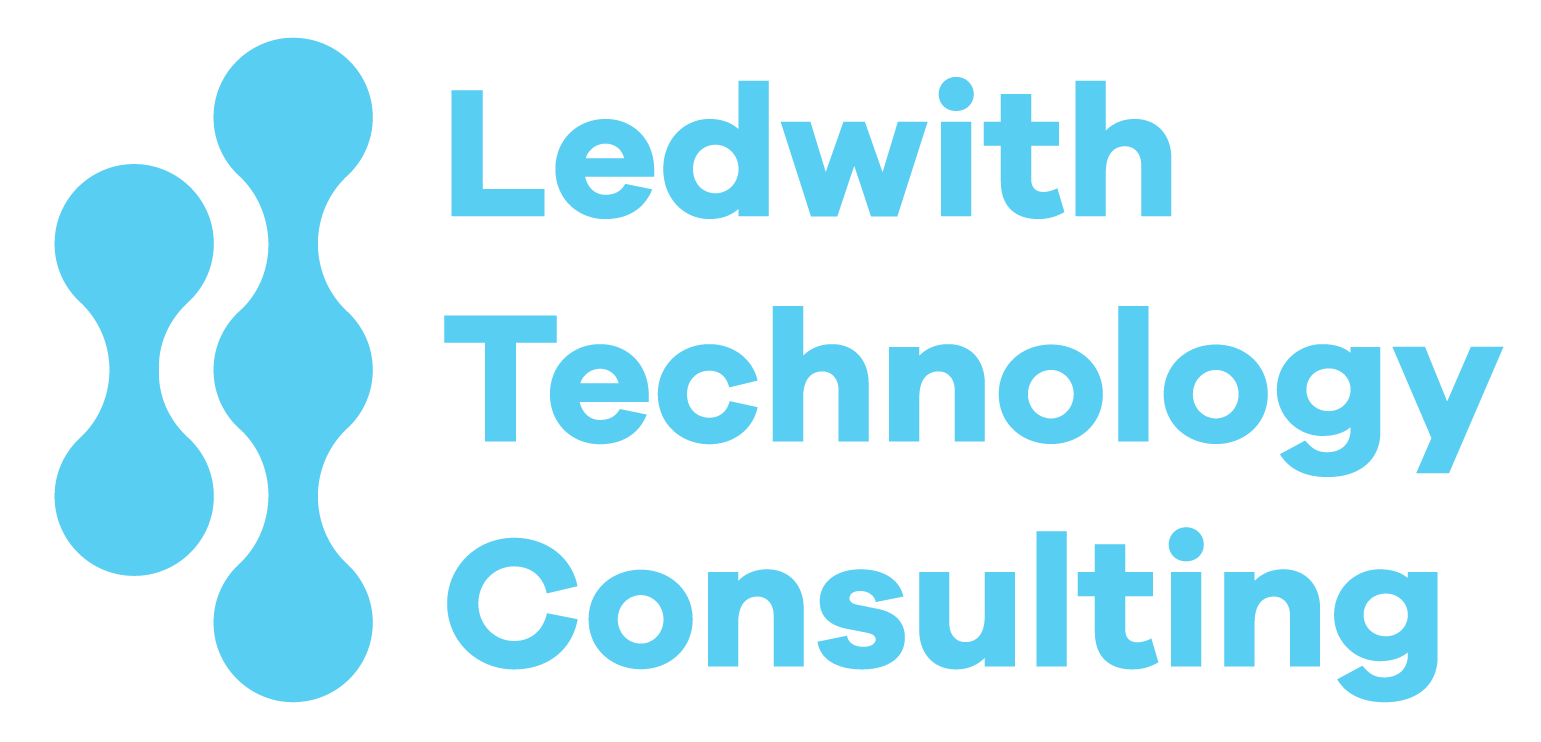By Stephen Ledwith May 1, 2025
Why Encryption Audits Are Critical in 2024
As businesses race toward digital transformation, one aspect often overlooked is encryption security. The arrival of quantum computing threatens to break traditional cryptographic standards, and companies—especially those in data-sensitive industries like real estate—must audit their encryption practices now.
Key Insight: 🔹 “Understanding your encryption landscape is the first step to securing your business against both classical and quantum cyber threats.”
An encryption audit isn’t just about ticking compliance boxes—it’s about identifying weaknesses, reducing risk, and ensuring future security.
What is an Encryption Audit?
An encryption audit is a structured process of evaluating your organization’s data encryption methods, protocols, and policies to identify vulnerabilities and compliance gaps.
📌 Why does this matter?
- Ensures compliance with regulations (GDPR, CCPA, PCI DSS, etc.).
- Protects customer financial data and personal identity information (PII).
- Identifies outdated cryptographic algorithms that could be vulnerable to quantum attacks.
- Prepares for future encryption standards, such as Post-Quantum Cryptography (PQC).
According to NIST’s Post-Quantum Cryptography Project, businesses should be crypto-agile—able to switch encryption mechanisms quickly in response to new threats (NIST, 2023).
How to Audit Your Encryption Practices in 7 Steps
1️⃣ Identify All Sensitive Data and Communication Channels
Before evaluating encryption, map out where sensitive data resides and how it moves within and outside your organization.
Checklist:
✅ Identify databases containing customer data, financial records, contracts, or trade secrets.
✅ Map all internal and external communication channels (email, messaging apps, VPNs).
✅ Review cloud storage and third-party integrations for encryption policies.
📌 Helpful Resource:
🔗 NIST Cybersecurity Framework – A comprehensive guide to identifying critical data assets.
2️⃣ Evaluate Existing Encryption Standards
Check the encryption algorithms and key lengths currently in use across your systems.
Checklist:
✅ Verify TLS protocols (Ensure TLS 1.2 or higher; disable TLS 1.0/1.1).
✅ Ensure databases use AES-256 encryption (instead of outdated DES or 3DES).
✅ Audit password hashing algorithms (use bcrypt, Argon2, or PBKDF2, not MD5 or SHA-1).
✅ Identify digital signature algorithms (ECDSA, RSA, or emerging post-quantum signatures like Dilithium).
📌 Helpful Resource:
🔗 Mozilla’s SSL Configuration Generator – Test and optimize your TLS settings.
3️⃣ Assess Public Key Infrastructure (PKI) and Certificate Management
Encryption often relies on digital certificates. An audit should check for weak or expired certificates and ensure proper key management.
🔹 Checklist:
✅ Locate and inventory all active SSL/TLS certificates.
✅ Verify that certificate expiration policies are enforced.
✅ Ensure that keys are stored securely (HSMs or cloud KMS, not plaintext).
📌 Helpful Resource:
🔗 Let’s Encrypt’s SSL Best Practices – Guide to modern certificate management.
4️⃣ Check Compliance with Data Protection Regulations
Your encryption strategy must align with legal and industry standards. Ensure compliance with:
✅ GDPR (General Data Protection Regulation) – Requires data encryption for PII storage.
✅ CCPA (California Consumer Privacy Act) – Mandates strong encryption for consumer data.
✅ PCI DSS (Payment Card Industry Data Security Standard) – Strict encryption for financial transactions.
📌 Helpful Resource:
🔗 GDPR Encryption Requirements – Key rules for data security under GDPR.
5️⃣ Identify Legacy or Weak Cryptography
Legacy systems often use outdated encryption methods that are vulnerable to modern attacks.
Common outdated cryptography to deprecate:
❌ RSA-1024 or lower (migrate to RSA-4096 or post-quantum alternatives).
❌ SHA-1 hashing (migrate to SHA-256 or SHA-3).
❌ TLS 1.0 / 1.1 (upgrade to TLS 1.3).
📌 Helpful Resource:
🔗 NIST Guidelines on Cryptographic Standards – Regularly updated encryption recommendations.
6️⃣ Implement Crypto-Agility for a Quantum-Safe Future
With quantum computing on the horizon, businesses should be prepared to migrate to post-quantum encryption when necessary.
Best practices:
✅ Use hybrid encryption models that combine classical and post-quantum cryptography (e.g., Kyber with AES-256).
✅ Upgrade VPNs, email security, and encrypted backups to quantum-resistant protocols.
✅ Monitor NIST’s PQC recommendations for when migration is necessary.
📌 Helpful Resource:
🔗 NIST’s Post-Quantum Cryptography Project – Stay ahead of quantum threats.
7️⃣ Develop an Ongoing Encryption Monitoring Strategy
Encryption security is not a one-time fix—it must be continuously monitored.
Checklist for continuous security:
✅ Implement automated encryption audits to detect vulnerabilities.
✅ Regularly update encryption policies and compliance documentation.
✅ Train employees on proper encryption and key management practices.
📌 Helpful Resource:
🔗 OWASP Cryptographic Storage Cheat Sheet – Best practices for data encryption.
Conclusion: Future-Proof Your Business Security
A robust encryption audit ensures that your business can defend against both classical and quantum threats.
🔹 “An encryption audit isn’t just about meeting today’s compliance requirements—it’s about future-proofing your security strategy for the next decade.” — Dr. Lily Chen, NIST Cryptography Researcher.
✅ Next Steps for Your Business
- Conduct an organization-wide encryption audit.
- Deprecate weak or outdated cryptographic algorithms.
- Plan for a post-quantum encryption transition.
- Implement ongoing encryption monitoring and training.
By proactively auditing encryption practices, your business will be prepared for the quantum era—before it’s too late.



